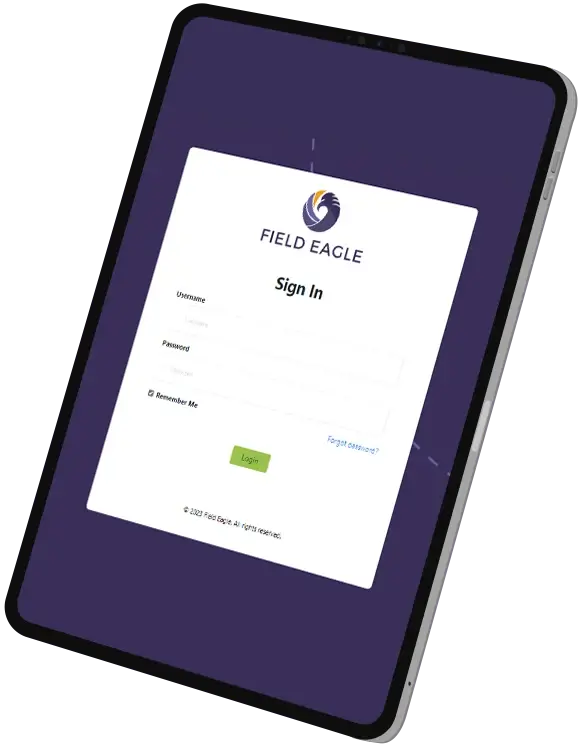The inspection industry is undergoing a technological revolution, with mobile inspection software at the forefront. As industries like construction, oil & gas, utilities, and manufacturing increasingly adopt digital solutions, mobile-first inspection tools are transforming how businesses manage compliance, asset management, and risk mitigation.
From AI-driven analytics to augmented reality (AR) and IoT integration, emerging technologies are making inspections smarter, faster, and more accurate. In this article, we explore the latest mobile inspection trends, how they are shaping the future, and what businesses should expect moving forward.
Why Mobile Inspections Are the Future
Traditional inspection methods—reliant on manual paperwork, spreadsheets, and outdated legacy systems—are slow, inefficient, and prone to human error. Mobile inspections streamline processes, improve real-time data collection, and increase efficiency. Key benefits include:
- Instant data access & cloud storage
- Faster reporting & automation
- Improved compliance tracking
- Remote inspections & real-time collaboration
With emerging technologies, mobile inspections will become even more advanced and accessible.
Key Trends Shaping Mobile Inspections
1. AI-Powered Inspection Analytics
Artificial Intelligence (AI) is revolutionizing inspections by providing:
- Automated risk detection through pattern recognition.
- Predictive maintenance alerts, preventing equipment failures before they happen.
- Smart recommendations for corrective actions based on inspection history.
✅ How It Works: AI-driven analytics process large volumes of inspection data, helping businesses make informed decisions faster and more accurately.
2. Voice-to-Text & Hands-Free Reporting
Inspectors working in hazardous or fast-paced environments need a more efficient way to record findings. Voice-to-text technology allows them to:
- Dictate reports in real time without stopping their work.
- Improve accuracy by reducing manual data entry errors.
- Save time, making inspections faster and more seamless.
✅ How It Works: Mobile inspection apps with speech recognition convert spoken words into structured reports instantly.
3. Augmented Reality (AR) for Visual Inspections
Augmented reality is reshaping field inspections by providing:
- Interactive overlays that guide inspectors through complex procedures.
- Remote support, allowing supervisors to review inspections in real time.
- 3D visualization of assets, improving analysis and training.
✅ How It Works: Using AR-enabled smart glasses or mobile devices, inspectors can overlay instructions or identify defects in real-world environments.
4. IoT-Connected Sensors for Automated Monitoring
The Internet of Things (IoT) is driving automation in inspections by integrating sensors that:
- Continuously monitor equipment conditions.
- Trigger alerts when performance thresholds are breached.
- Enable real-time inspections without human intervention.
✅ How It Works: IoT sensors transmit real-time data to mobile inspection platforms, allowing teams to respond to issues before they become major problems.
5. Blockchain for Secure & Tamper-Proof Inspection Records
As industries become more compliance-driven, secure and verifiable inspection records are essential. Blockchain technology ensures:
- Data integrity, preventing falsification of records.
- Secure digital signatures, eliminating the risk of unauthorized modifications.
- Transparent audit trails, simplifying regulatory compliance.
✅ How It Works: Blockchain stores inspection data in immutable records, making compliance more reliable and fraud-proof.
How Businesses Can Prepare for the Future
To stay ahead, companies must embrace digital transformation and invest in mobile-first inspection technology. Here’s how:
- Adopt cloud-based inspection platforms for instant access to reports.
- Leverage AI analytics to gain deeper insights into inspection data.
- Train field teams on emerging technologies like AR and IoT-enabled monitoring.
- Upgrade to mobile solutions that support hands-free reporting and automation.
Case Study: A Construction Firm’s Transition to Mobile Inspections
A leading construction company adopted mobile-first inspection software and saw:
- 35% reduction in inspection time using voice-to-text reporting.
- 40% decrease in equipment failures with IoT-based predictive maintenance.
- Improved compliance tracking, reducing audit failures by 50%.
By implementing mobile inspection solutions, the company enhanced efficiency, safety, and regulatory compliance.
Conclusion
The future of mobile inspections is data-driven, AI-powered, and automation-enhanced. Companies that adopt next-gen technologies like AI, IoT, and AR will gain a competitive edge by improving efficiency, reducing risks, and enhancing compliance management.







